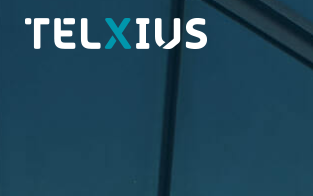Telia Carrier launched a new Point-of-Presence at Telxius’ interconnection rich Derio Communications Hub located near Bilbao, Spain, only a few kilometers from MAREA’s submarine cable landing station.
The Derio Communications Hub is a combination of an expanded cable landing station and a fully-fledged PoP, the first of its kind in EMEA. The 2,000 sqm carrier-neutral TIER III facility offers up to 4 MW of power and is specially designed to leverage the full potential of MAREA. It features an open architecture, offering high interconnection capacity as well as IP, Capacity, Colocation and Security services. It was designed using environmentally friendly standards and runs on 100 percent renewable energy with free cooling.
Telia Carrier said the new facility enhances its fiber connectivity for customers seeking gateway access to a completely new and diverse path from the Americas to Europe with low latency and high capacity between the two continents. Customers in the region can now take advantage of Telia Carrier’s number one ranked global backbone, AS1299, as well as the local availability of high-speed IP Transit, Cloud Connect, DDoS Mitigation, Ethernet and Internet Exchange (IX) Connect for operators, content providers and enterprises alike. The new expansion seamlessly connects to Telia Carrier’s terabit scale DWDM networks extending throughout Europe and the Americas.
“We see this as a very strategic route that complements Telia Carrier’s number one global backbone,” said Art Kazmierczak, Director of Business and Network Development, Telia Carrier. “By bringing our two networks together, we are creating a fully integrated carrier-class route that can handle capacity at scale to drive new edge activities in the region while supporting customers from international and local markets seeking to diversify their network and reduce latency.”
“The combination of Telia Carrier’s extensive global network and our Derio Communications Hub is a win-win for the world’s largest operators, content providers and enterprises,” said Enrique Valdés, Sales VP Northern Region, Telxius Cable. “Colocating in Derio opens up a world of interconnection opportunities with the US via MAREA and with the main European hubs. We believe this will benefit large and small customers looking for flexible and innovative solutions that will adapt to the future demand of data services.”
- MAREA, which means “tide” in Spanish, is one of the highest capacity transatlantic submarine cables to date. It connects Virginia Beach in the US, with Sopelana, in Northern Spain, providing an alternative path to the main communication hub routes to Africa, the Middle East and Asia.
Facebook tests trans-Atlantic 700 Gbps wavelength with Infinera's ICE6

Windstream Wholesale moves into Globalinx in Virginia Beach

NJFX and Telxius interconnect their East Coast Cable Landing Stations






















